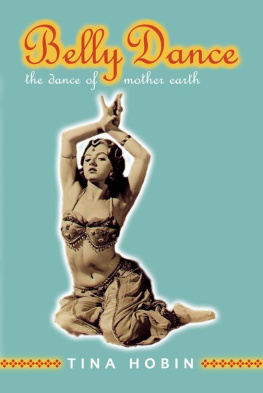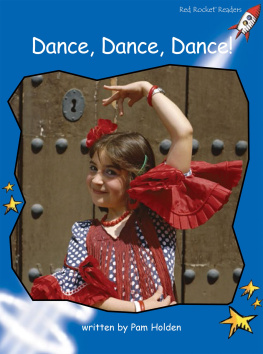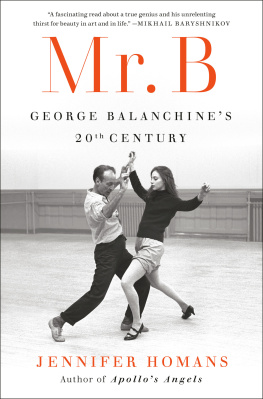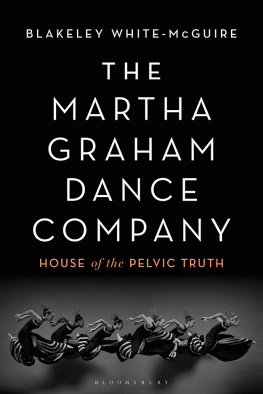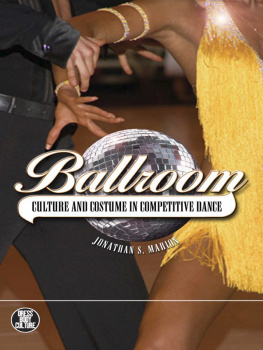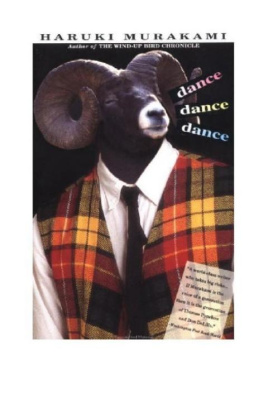A Cataloging-in-Publication record is available from the Library of Congress
A British Cataloging-in-Publication record for this book is available from the British Library.
ISBN 978-0-8135-7309-0 (e-book)
Copyright 2015 by Catherine Gunther Kodat
All rights reserved
No part of this book may be reproduced or utilized in any form or by any means, electronic or mechanical, or by any information storage and retrieval system, without written permission from the publisher. Please contact Rutgers University Press, 106 Somerset Street, New Brunswick, NJ 08901. The only exception to this prohibition is fair use as defined by U.S. copyright law.
Visit our website: http://rutgerspress.rutgers.edu
For three days in April 1996, a group of historians and literary scholars gathered in Toledo for a conference on U.S. politics and culture during the cold war. The fall of the Berlin Wall, the collapse of the Soviet Union, the election of Boris Yeltsin: these were relatively recent events, and there was exhilaration in the air, the sense that a still-emerging field within American Studiescold war cultural studieswas about to expand in exciting new directions. Most of the participants were tenured senior professors, several from large prestigious universities. I was in the second semester of my first year of full-time teaching at a small liberal arts college in upstate New York, and I couldnt shake the feeling that Id gotten into the conference by mistake. It wasnt only my lack of seniority and institutional clout that had me worried. A paper on The Nutcracker? What had I been thinking? Certainly I believed I had something to say that was worth hearing. But could the ballet hold its own among such heavy-hitters as Silent Spring, Alfred Hitchcock, Invisible Man, the Venona Project, and George F. Kennans Long Telegram? And not just this balletany ballet. To be sure, dance history is an acknowledged discipline, and the more theoretically inflected field of dance studies had been on the rise since the mid-1980s. Still, despite a reputation for being uniquely open to fresh subjects and interdisciplinary study, American Studies was not exactly humming with dance-related scholarship. I was not sure why, though I had some ideas. Happily, however, my paper got a friendly hearingand folks werent just being polite. Maybe, I began to hope, dance was on the way toward drawing the serious scholarly attention it so obviously deserved.
Time has shown that this hope was well-founded: during the past decade scholarly publication in dance has steadily, if slowly, risen, winning the art form (and its academic study) long-overdue respect. Yet a post-conference encounter in the airport tempered the optimism of the moment. My interlocutor was a well-known Marxist literary scholar whose brilliant critical interrogations of canon formation championed overlooked or disdained literary works. I was star-struck and flattered that he wanted to chat. After we exchanged a few pleasantries and agreed on the overall excellence of the conference, he turned to me with mild incredulity: Youre really interested in ballet?
Oh, yes, I replied.
He shook his head. You know, I hate ballet. Its so... so.... He paused, fixing me with what Henry James might have called a speaking look. So fake, he concluded. He waved his hand dismissively. So elitist, he added. You know what I mean?
I was pretty sure I did know what he meantthough Im not sure that he knew. For his words and tone put me in mind of a passage I had recently come across in Pierre Bourdieus Distinction, in which the sociologist notes, almost in passing, why men with a certain class consciousness deem particular forms of aesthetic refinement unacceptable.
This is not only because aesthetic refinement, particularly as regards clothing or cosmetics, is reserved for women or because it is more or less clearly associated with dispositions and manners seen as characteristic of the bourgeoisie (airs and graces, la-di-da, etc.) or of those who are willing to submit to bourgeois demands so as to win acceptance, of which the toadies, lick-spittles, and pansies of everyday invective represent the limit. It is also because a surrender to demands perceived as simultaneously feminine and bourgeois appears as the index of a dual repudiation of virility (382).
While not explicitly condemning the ballet as the exclusive preserve of dancing fairies and imperiled princesses (of whatever sex), my interlocutors quick summary of the form as a pretentious celebration of artificeso fake, so elitist; in other words, so simultaneously feminine and bourgeoiswas only a step away from Bourdieus toad- and pansy-filled landscape. However inadvertently or unconsciously, his closing remark asked exactly the question about ballet that, as a good leftist, he never would have uttered directly. What he did say seemed plain enough: as a fake and elitist cultural discourse, ballet could hardly be said to have an aesthetics, let alone a politics, worthy of intellectual engagement. Rooted in falsity, it could never hope to reveal truth; an elitist entertainment, it would never speak to the people. The implication was clear: why was I bothering with something so frivolous and inconsequentialwith a cultural practice whose politics, assuming it even had a politics, could only be retrograde? Shouldnt I be studying something important?
I cant remember now what I saidindeed, whether I said anything at all. But I do remember thinking Id been shown, pretty clearly, that ballet (and probably also dance as a whole) still had some way to go before it could be regarded as a serious art form. This man was no macho poser but a respected scholar who would have been shocked and dismayed to hear that his scorn for the ballet might have seemed a wee bit homophobic.
Mulling over the exchange on my flight home, considering how the conference as a whole had intensified my budding interest in the politics of cold war culture, and feeling even more certain (after all, Id been provoked!) that ballet needed to play a role in any future research project, I set off on the path to this book. It goes without saying that the path has not been smooth or direct: anyone who has written a book knows that nothing ever turns out as planned. However, Dont Act, Just Dance busted more than the usual number of unexpected moves, so much so that I found myself, midway through what Id imagined would be a fairly straightforward process, having to completely rethink my initial assumptions about the relationship between cold war art and politics. Since I describe those assumptions in some detail in this book, suffice it to say here that I was a firm believer in the complicity thesis of cold war cultural productions. In other words, I believed (as many did and some still do) that the steep rise of cultural development and export during the era of federally funded programs was prima facie evidence that artwork produced and distributed under the aegis of such programs was a species of government agent, something like an artbot for the burgeoning American imperial project. According to this view, even cold war artworks produced without government support were symptomatic of the larger social surround, stained, as Fredric Jameson said, with the guilt of their historical moment (299).


